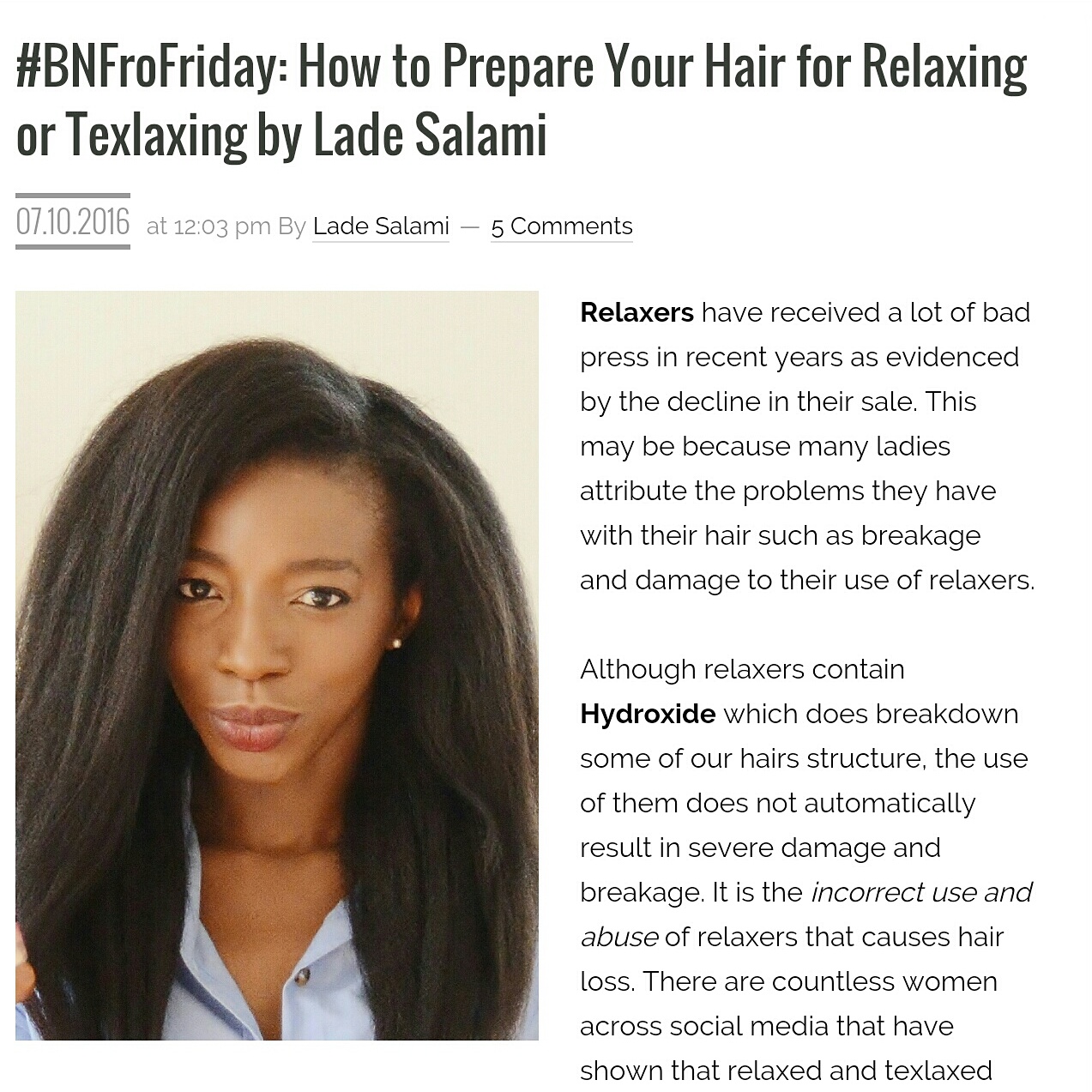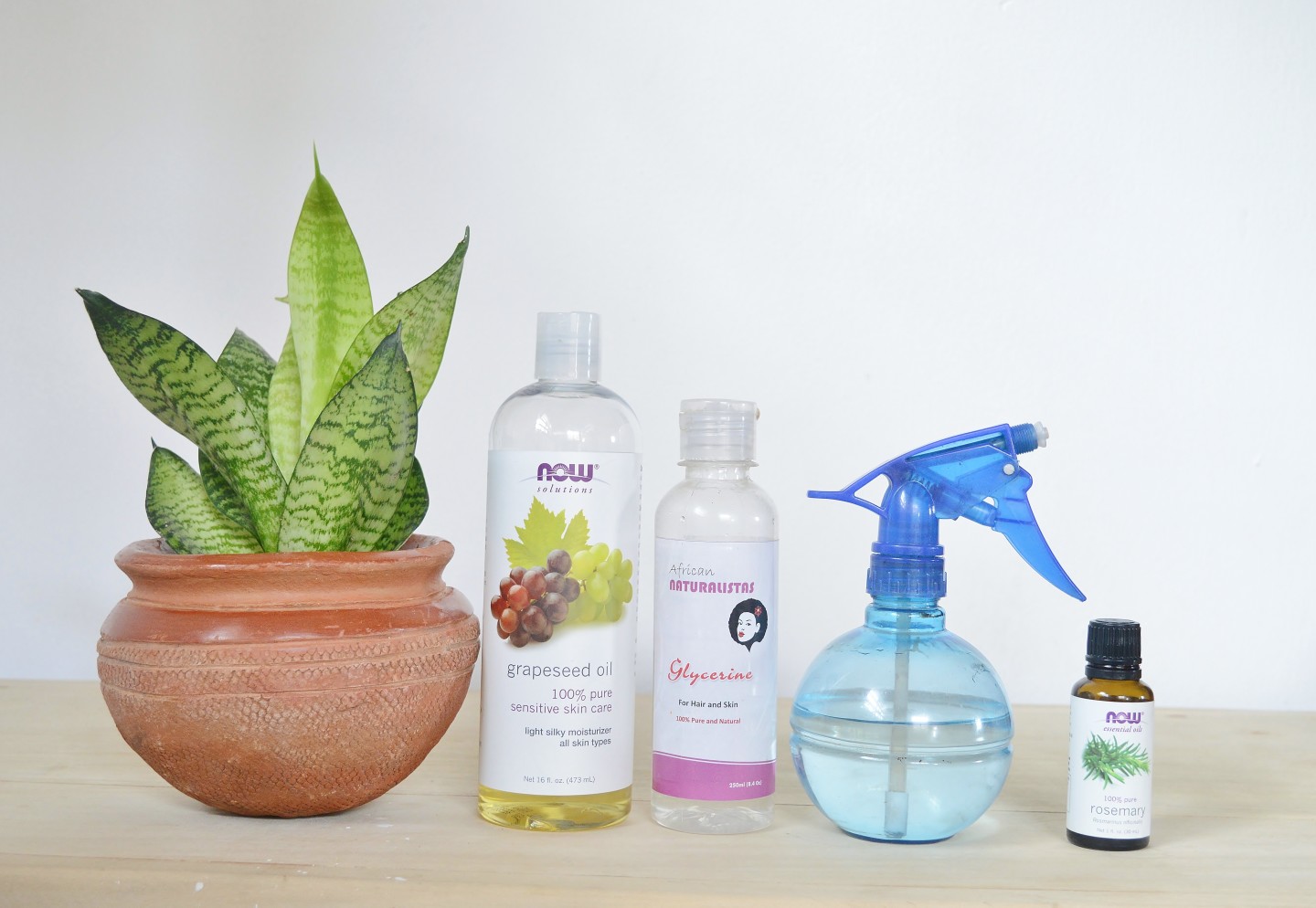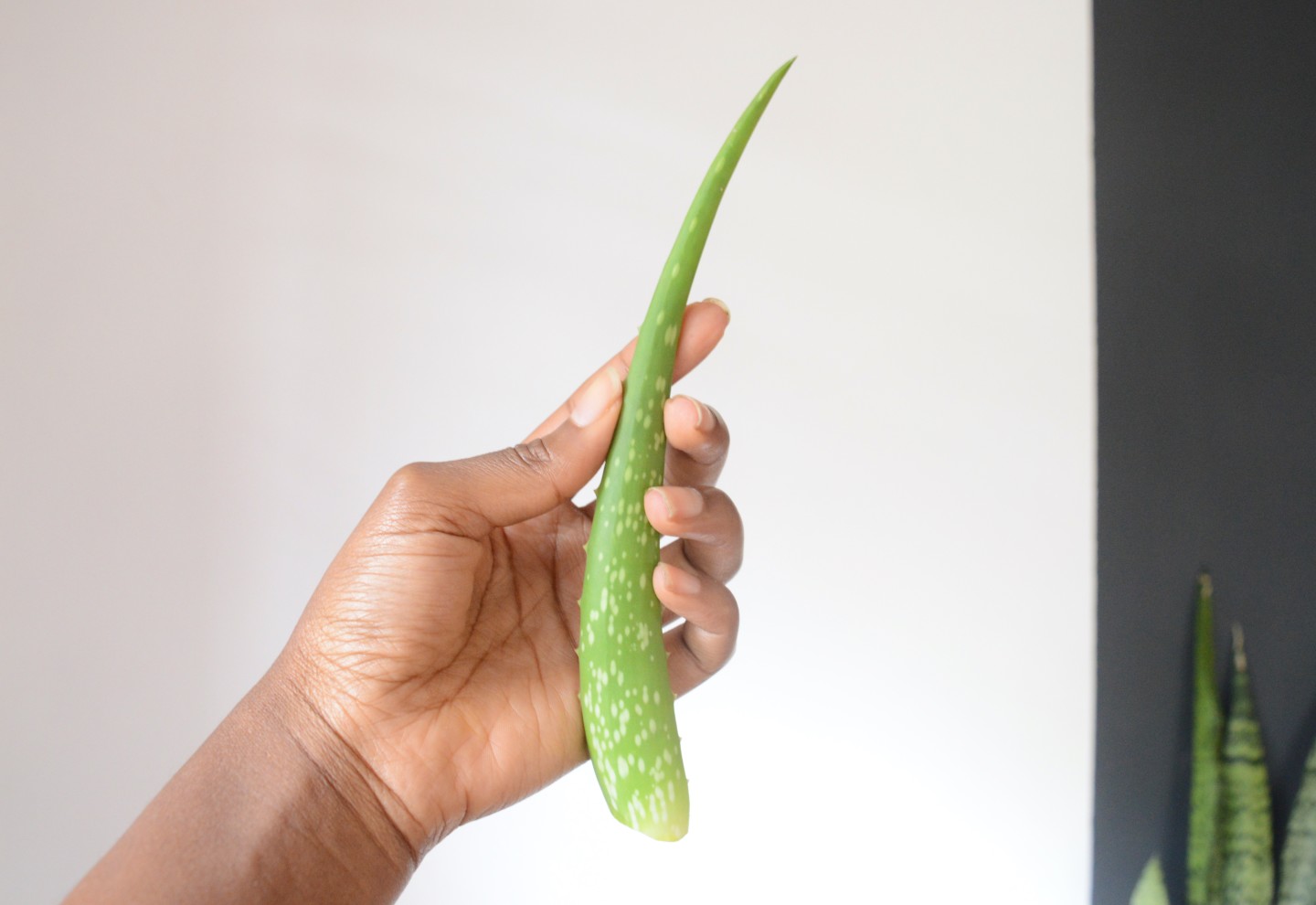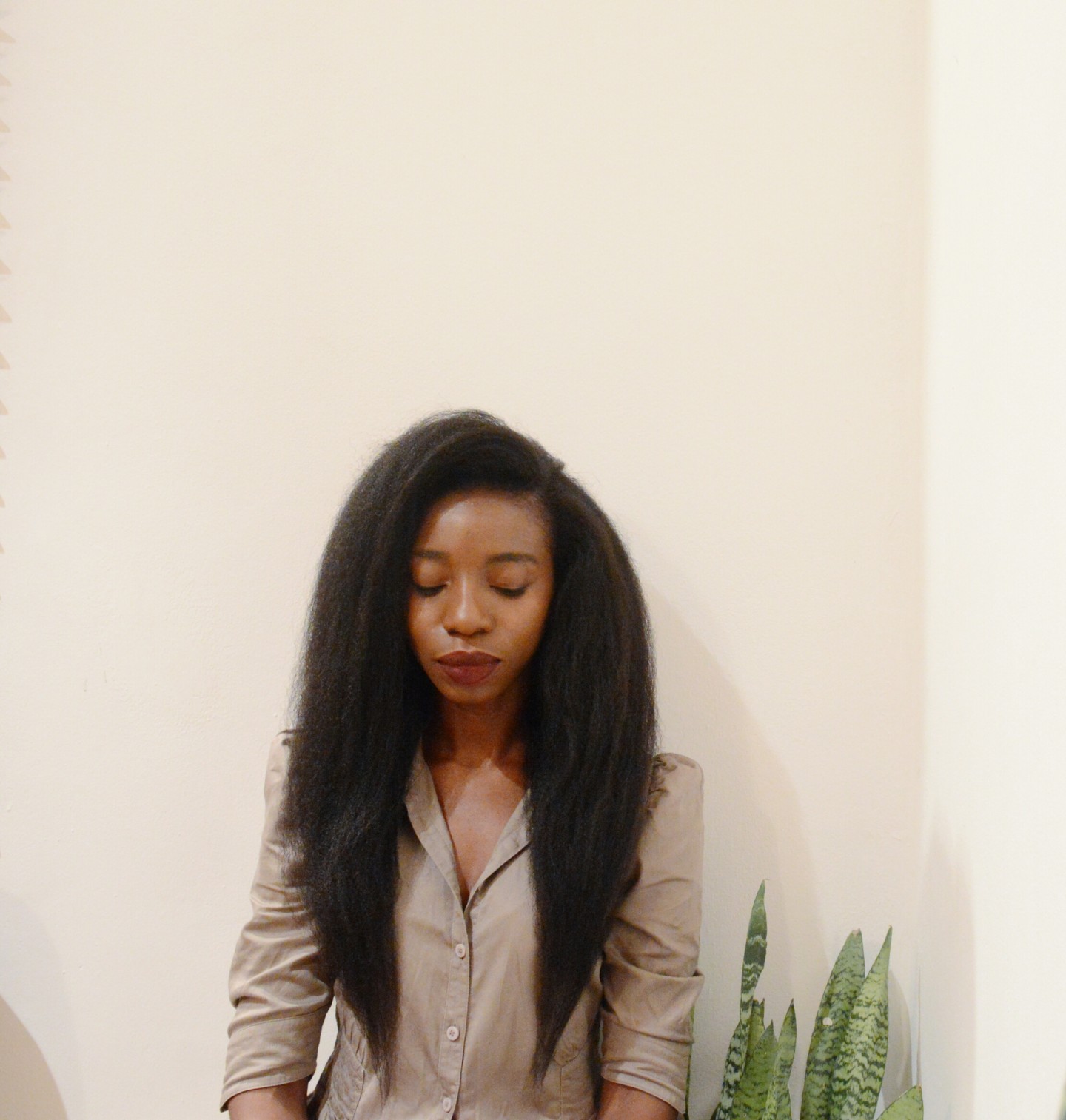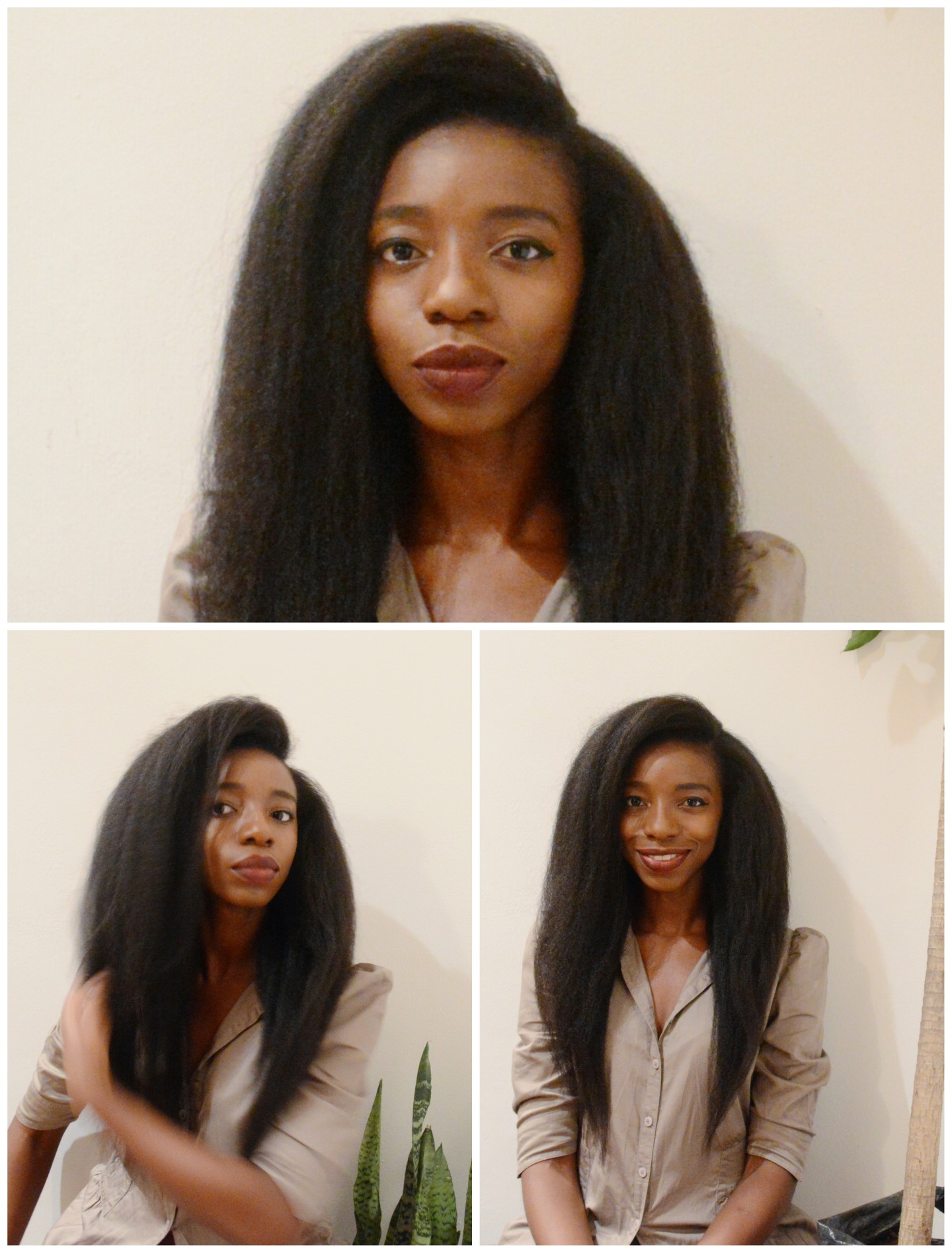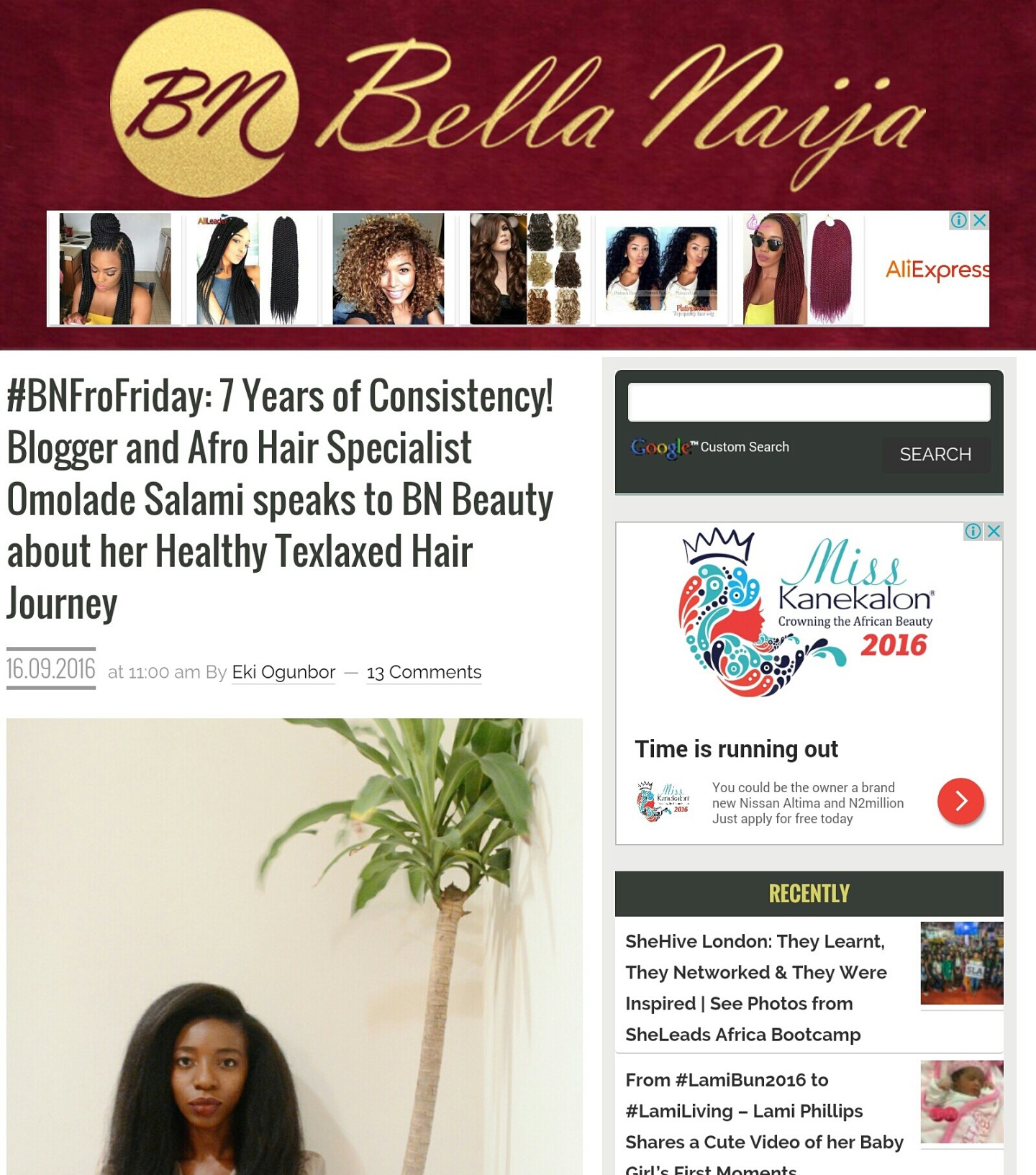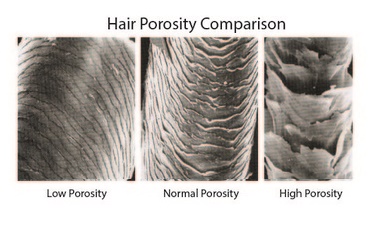
Hello ladies,
It’s been a while since I wrote an educative post and this one is certainly full of helpful information.
I remember prior to my hair journey, my hair was constantly dry probably because I wasn’t moisturising and sealing. I also noticed that my about half the length of my hair had a puffy frizzy rough look. I would use oil and heat to get my ends to look smoother, shiny and less puffy.
After I started my hair journey I noticed that my hair’s dryness improved significantly however the parts of my hair that were still rough and didn’t seem to retain moisture for long at all even though I sealed the moisture in with oils. I off course did some research about the possible causes and that was how I learnt about the term “hair porosity”.
In this post I will explain what porosity is, types of porosity and how to manage hair porosity.
What Is Porosity?
Hair porosity is about how well your hair is able to absorb and retain moisture. I.e. Is moisture easily absorbed by your hair and how long does your hair stay moisturised for after its been washed or after you have moisturised and sealed.
Types of Porosity
There are three types of porosity, high, normal and low porosity. Hairs porosity is determined by the state of the cuticle layer (the outermost layer of hair). To prevent this post being too long I will only discuss high and low porosity as these are the types that can be problematic.
High Porosity
Hair has high porosity if it is easy for products to be absorbed by the hair but the hair does not retain moisture for long. It begins to look and feel dry after a short period after it has been moisturised.
Hair has high porosity if the cuticle layer is cracked, chipped or has gaps and holes in it. The cuticles look lifted or raised under a microscope.
Hair with high porosity gets dry quickly, relaxers and hair colours work quickly on this hair type. This hair type also tends to feel rough and tangles easily. High porosity is usually caused by damage from use of chemicals and heat, i.e. relaxing, colouring, blow drying on high heat and using straighteners often. The more processed your hair is, the more porous it will become.
Please note however that some ladies have hair that becomes porous easily from general wear and tear, i.e. from general hair care. It isn’t always caused by damage from chemicals and heat.
Tips for Managing High Porosity Hair
- Use protein conditioners especially those that contain hydrolyzed proteins. Protein conditioners temporarily fill holes and gaps in our hairs structure. Conditioners that contain hydrolyzed proteins are better at binding with hair and filling in the gaps or wholes. If the hair fiber has less holes and gaps it will be able to retain moisture for longer. Please note that moisture conditioning must still be used regularly in your regimen. This is where trying to find out what your own protein/moisture balance levels are is important.
- Use coconut oil for your pre-poo. As noted above, the porosity of hair is determined by how cracked, chipped or split the cuticle layer of hair is. On wash days, our hair fibers swell when wet and sometimes can swell to the extent that our cuticles can split or crack. This is known as hydral fatigue. Coconut oil has been shown to penetrate into the deeper levels of our hair fibers. This reduces the amount of water that hair will absorb when being washed and thereby reduce the risk of hydral fatigue.
- Always seal after moisturising using slightly heavier oils like coconut and olive.
Low Porosity
Hair has low porosity if it is difficult for water and products to be absorbed by the hair. Hair with low porosity tends to remain moisturised for longer periods.
Hair will have low porosity if the cuticle layer is tightly compacted or closed, smooth and looks flat under a microscope. This state of the cuticles makes it difficult for moisture to penetrate the hair. Hair with low porosity dries slowly on wash days and is very resistant to chemical services like relaxers and hair colors. Low porosity hair tends to suffer from product build up because the products sit on the hair fibers rather than penetrate them. Low porosity hair can also suffer from dryness because it is difficult to replenish its moisture levels. Low porosity hair tends to look healthy and smooth but can lack elasticity.
Tips for Managing Low Porosity Hair
- Remove product build up on hair by using clarifying shampoos or shampoos that contains sulfates once a month.
- Deep condition using moisturising conditioners with heat regularly. The heat tends to slightly liquefy the conditioner making it easier to penetrate the hair fibers. Heat also tends to open the cuticles to let the moisture in. Please note that protein conditioning should still be included in your hair regimen.
- Use liquid sprays, mists or spritz, lotions and lighter products as these will be more easily absorbed than heavy creams. Further to this, lighter oils should be used because heavier oils will probably just sit on the hair making it greasy. Grapeseed and jojoba oils are examples of light weight oils.
Your hairs porosity can change over time, for example I used to have high porosity hair, especially at the ends of my hair. My hair is still slightly porous but certainly not as high as it used to be.
Please also note that different parts of your hair may have varying levels of porosity, for example your ends/tips are likely to be more porous than the roots/hair nearer to your scalp because the ends are much older and their cuticles would have gradually chipped, cracked and split over time.
If your hair has varying levels of porosity or if you are unsure of your porosity level, I would suggest that you use both protein and moisture conditioners regularly. Alternate between heavier and lighter leave-in product UNTIL you find out what products works best with your hair.
I hope you have found this post helpful. Do you know your hairs porosity? How do you manage it.
Coming up next is a bun of the month post.
x
Lade
Learn | Change | Grow
